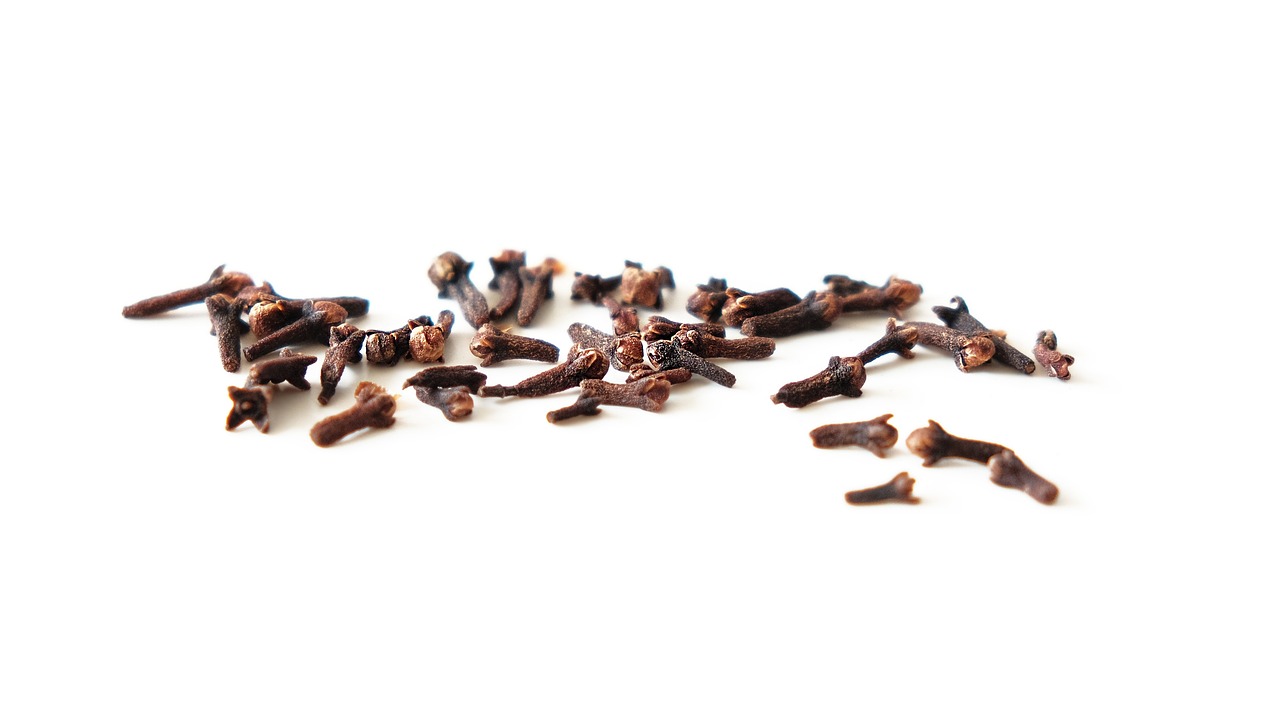Natural Pain Relief: Herbs

Herbs have been used for natural pain relief for thousands of years because they work! Herbs are an effective means of controlling pain for those of us who wish to avoid the side-effects of synthetic pharmaceutical pain relievers. In fact, this article should be considered a follow-up to the March 2017 article, ‘Pharmaceutical Pain Relievers & Hearing Loss’, as well as part of a series, of which this is part one.
I cannot guarantee that any of the herbs mentioned in this article will relieve your pain, but I can guarantee that using them will not lead to hearing loss or death. In no particular order…
Pain Relief Herbs
White willow bark has been used since the time of Hippocrates (400 BC) to treat pain and inflammation. White willow bark contains the chemical salicin, which is similar to aspirin (acetysalicylic acid). In the 1800s, salicin was used to develop aspirin. It’s important to note that white willow doesn’t work as quickly as aspirin, but its effects are said to last longer. And combined with the tree’s powerful anti-inflammatory flavonoids, salicin is able to relieve pain and inflammation in the body.
“Willow bark is used to ease pain and reduce inflammation. Researchers believe that the chemical salicin, found in willow bark, is responsible for these effects. However, studies show several other components of willow bark, including plant chemicals called polyphenols and flavonoids, have antioxidant, fever-reducing, antiseptic, and immune-boosting properties. Some studies show willow is as effective as aspirin for reducing pain and inflammation (but not fever), and at a much lower dose. Scientists think that may be due to other compounds in the herb. More research is needed.”1
Cloves have been consumed as a tea for centuries to soothe abdominal pain caused by flatulence and other digestive issues, which includes killing and expelling intestinal parasites. It’s believed that cloves work by stimulating blood flow, saliva production, and gastric secretions to aid and improve digestion.
Clove oil has also been used for centuries for pain reduction. This has been credited to a compound in cloves called Eugenol. Eugenol is added to a host of products we use every day, including some kinds of toothpaste. And despite the FDA’s move to downgrade eugenol’s effectiveness rating, claiming that there’s not enough evidence to support its use, dentists and moms still recommend and use clove oil to treat toothaches, dry sockets (after tooth extractions), and teething babies.
“Clove oil is renowned for its healing and analgesic properties and is currently used in dental offices to help create a temporary filling.”2
Peppermint has also been used to treat pain and discomfort for millennia. Internally, enteric-coated peppermint capsules can be used to treat the pain, gas, bloating, and even diarrhea, associated with IBS. As an infusion (or tea), peppermint can soothe tension headaches and other minor aches in the body, but not the intestines. To treat IBS, and other intestinal pains, you should only use enteric-coated capsules. You can read more about why in my 2015 article ‘The Benefits of Peppermint’. Pay special attention to the warnings section, especially if you are pregnant.
Garlic has demonstrated an ability to effectively relieve pain in those suffering from rheumatoid arthritis. To learn more about that, and garlic’s other health benefits, read ‘The History of Garlic, for Health and Healing’.
Eucalyptus is also an excellent pain reliever, and not just topically as an essential oil. This may come as a surprise to some, for while its essential oil is a well-known topical analgesic for pain, eucalyptus tea is best known as a cold and flu remedy. Eucalyptus tea has many health benefits and pain relief is at the top of the list. Eucalyptus’ ability to relieve pain is largely the result of its anti-inflammatory properties.
“Eucalyptus is a natural anti-inflammatory substance, so consuming its tea can do everything from ease aches and pains to protect the heart. Eucalyptus tea is often recommended for people who suffer from asthma, as well as arthritis and chronic muscle strain. If you suffer a mild injury, drink some eucalyptus tea and watch the pain fade away. By reducing inflammation in the blood vessels and arteries, it can also protect heart health and decrease the likelihood of developing atherosclerosis, thereby protecting you from heart attacks and strokes.”3
Herb Dosages
When using a herb for the first time, it is extremely important to use the smallest possible dose for the first week and then increase over time – preferably a small increase every week until the desired dose is reached. This will help to ensure that, if you are allergic to the herb, the reaction will be as weak as the dosage.
If you want more guidance than your package of tea or bottle of capsules are offering, check out the articles Dosing Guidelines by Age and Weight, and Veterinary Measures and Children's Dosage Guide.
Of course, there are other natural pain relief remedies, many of which are easier to find and less expensive than herbs. Part two of this series will explore a few of those remedies.
Love what you’re reading? Don’t miss out on future articles! Subscribe for updates on our latest posts and our bi-monthly newsletter.
Sign up now—no spam, just good vibes and holistic health insights delivered straight to your inbox!
1 Ehrlich, Steven D., NMD. “Willow Bark”. University of Maryland Medical Center, August 5, 2015. Web. March 2017
2 Collins, Judy, RN. “What Are the Benefits of Clove Tea?” Leaf TV n.d. Web. April 2017
3 “6 Impressive Eucalyptus Benefits”. Organic Facts, n.d. Web. April 2017
Ehrlich, Steven D., NMD. “Peppermint”. University of Maryland Medical Center, July 6, 2014. Web. March 2017
Turner, Ashley. “13 Common Ailments You Can Treat With Peppermint Oil”. Mind Body Green, March 15, 2013. Web. April 2017
“Clove: Uses, Side Effects, Interactions, and Warnings”. WebMD, n.d. Web. April 2017
